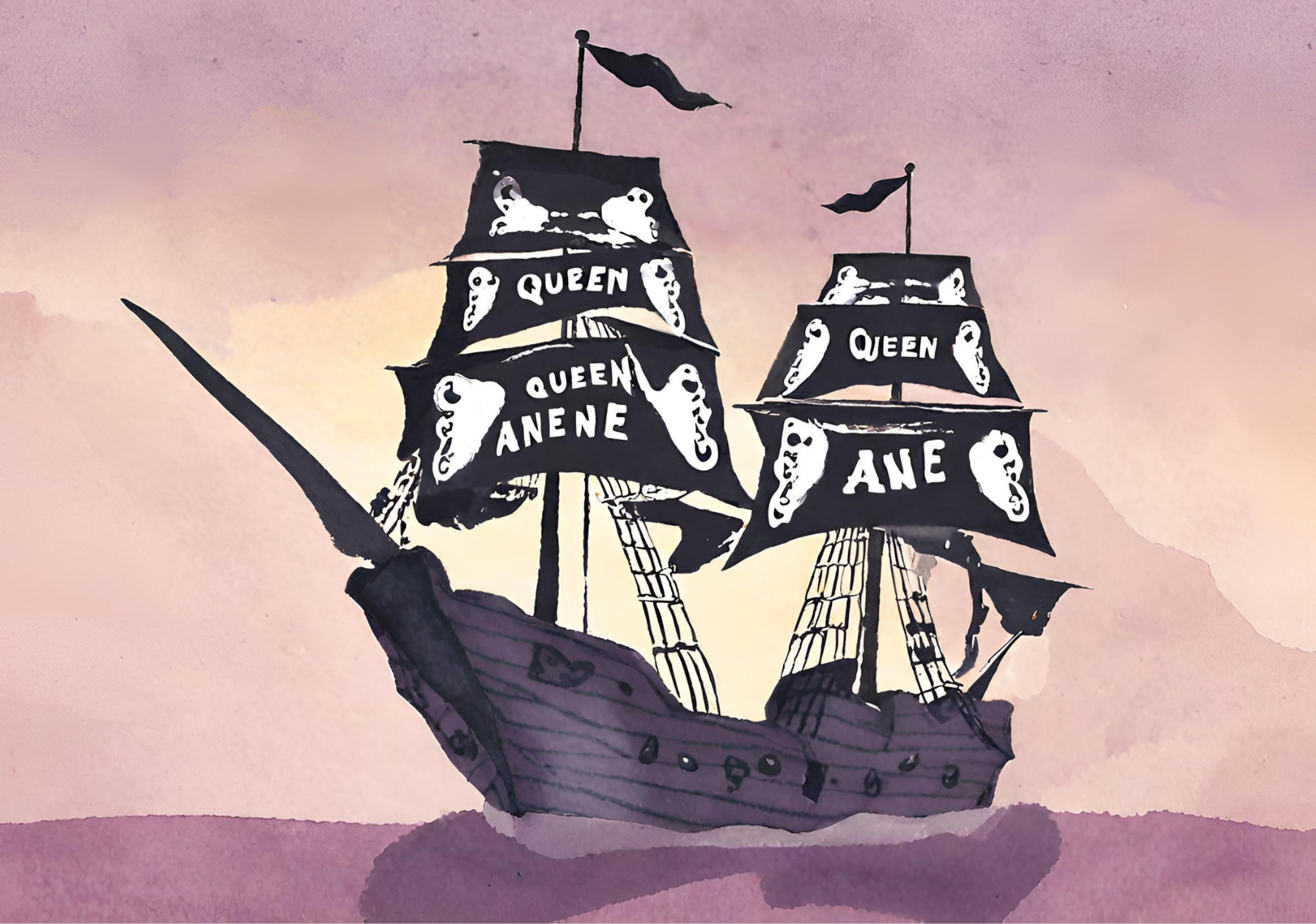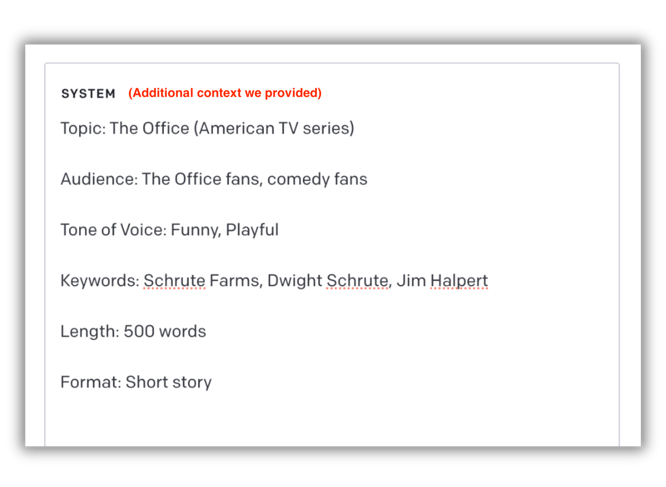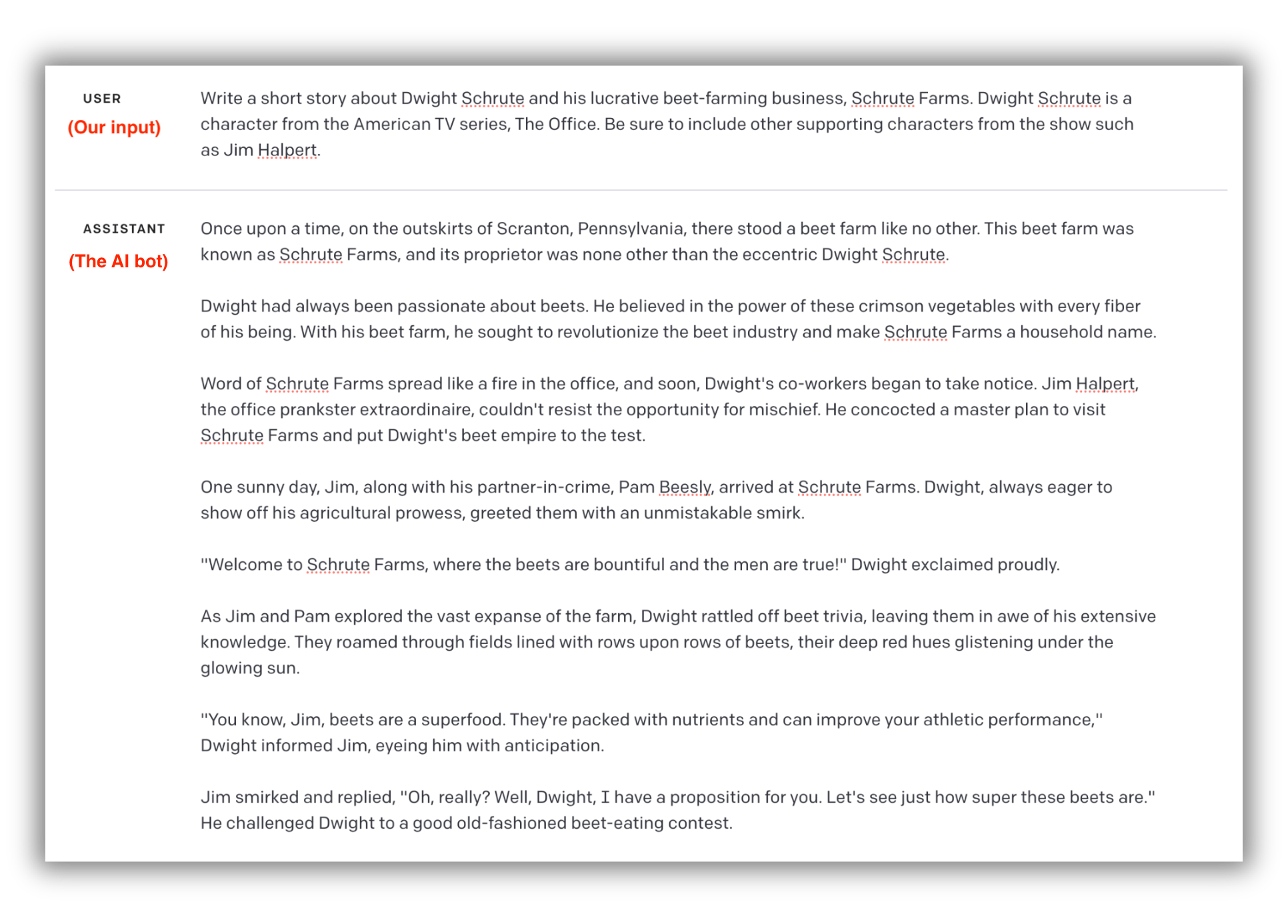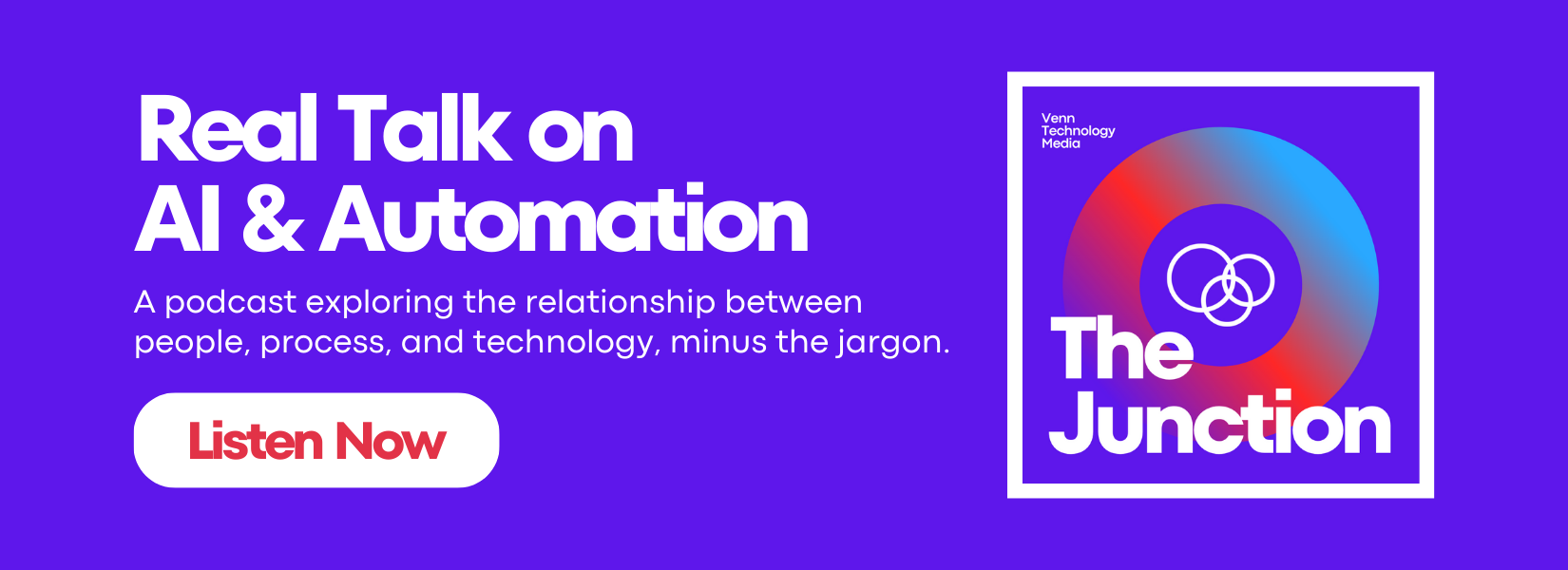AI Limitations: What Artificial Intelligence Can & Can’t Do (Yet)
Written byRandle Haggerty
.png?width=666&height=375&name=AI%20Limitations%20What%20AI%20Can%20%26%20Cant%20Do%20(Yet).png)
From creative content generation to process automation, artificial intelligence (AI) is positioned to transform many different industries. However, despite all the hype around what AI can do, there are still some limitations to consider.
It’s important to recognize that AI (for now) only excels at narrow, well-defined tasks but still struggles with more complex human skills. Let’s dig into some examples of what artificial intelligence is capable of and where it has its limitations.
Generative Content
One common assumption is that AI can create any type of content on command. Tools like Adobe or Canva can now generate detailed images from text prompts you feed into it. However, the quality tends to fall short when you make more complex requests.
For example, you can ask AI to create a painted image of an offshore pirate ship. But, if you tell the AI to write the name of the ship along its side, it sometimes lacks the understanding of text and can’t narrow down readable words.

An AI-generated watercolor painting of a pirate ship named "Queen Anne's Revenge" using Canva's AI image generator.
The same limits apply when generating a copy of text. ChatGPT can produce some pretty coherent blog posts and emails, but usually only when you provide it with clear direction. Without enough context, the output can be pretty generic. Defining the topic, tone of voice, length, and purpose is crucial.
Even then, AI lacks human nuance and originality. It’s also important to note that AI content is derived from what already exists online. Instead of just copying and pasting generated text, we recommend revising the copy to match your tone of voice or your brand. Pro tip: save personas as system prompts to jump between different audience types.
Using the method mentioned above, we asked OpenAI to write a short story about Dwight Schrute from the American TV series, The Office:

After providing some context and direction, the AI assistant responded with a hilarious story about Dwight's beet-farming business—even including additional characters and details from the show we didn't mention in the request. Pretty impressive, right?

Relationship-Building
There’s no doubt most, if not all, B2B businesses rely on strong relationships with their customers and partners. While AI chatbots can mimic conversational abilities, establishing meaningful connections by using empathy, rapport, and shared experiences is beyond AI’s current capabilities. It’s possible for AI assistants to recommend the perfect cocktail recipe, but it can’t replicate the bonding experience people have at an in-person company happy hour.
A few examples of relationship-oriented interactions that AI has yet to replicate include:
1. Shared experiences
Human relationships are built up over time through shared life events. AI assistants lack a cumulative shared history.
AI can’t join you in person at a conference like your colleague can. These types of experiences can build camaraderie and trust between people unlike that of an AI and human interaction.
2. Emotional intuition
Some humans can use their intuition to sense other people’s emotions. AI assistants don’t have that level of emotional insight yet. If you interface with clients or manage a team of people, having a sense of how the person across from you is feeling is key.
While AI tools are getting skilled at analyzing sentiment from transcripts and call recordings, they can’t replace the emotional response to those things it identifies like a human can.
3. Nonverbal cues
Human signals such as eye contact, facial expressions, tone of voice, and body language are difficult for current AI assistants to understand. Similar to our previous example, nonverbal cues often require a level of intuition and response that AI can’t.
Think of the last time you were presenting a new idea to a room full of people or sitting across from a blind date. There’s a big difference between someone slumped over in their chair doom scrolling on their phone and them leaning in nodding along to every word you say. The way in which many of us are interacting with AI tools today doesn’t allow for it to pick up on those nonverbal cues just yet.
Creativity and Innovation
Coming up with creative and unique ideas is something that AI struggles to comprehend—not yet at least. For a while, ChatGPT’s large language model was trained on information from the internet prior to 2021 (until a recent update). That said, there is the question of whether AI can create new ideas that humans haven’t thought of. Even if AI had that capability, it still would use original content created by people for context.
It’s important to remember unique human experiences fuel original ideas. Since AI lacks real-world experience, human intelligence and innovation will always be irreplaceable.
The Takeaway: AI Needs Us Just as Much as We Need It
Artificial intelligence today is great at generating quick and useful content for any scenario. But, without human direction, AI alone struggles to achieve originality and other complex human skills such as relationship-building. Business leaders should be aware of AI’s limits when evaluating a solution for their team. Before considering replacing people with AI, it’s important to remember artificial intelligence excels at improving human productivity so teams can spend more time on tasks that advance their organization’s mission.
To hear more on how AI is - and isn’t - transforming work, be sure to check out The Junction, a podcast by Venn Technology about AI and automation without the technical jargon:

About the Author
Randle Haggerty
Marketing Manager

